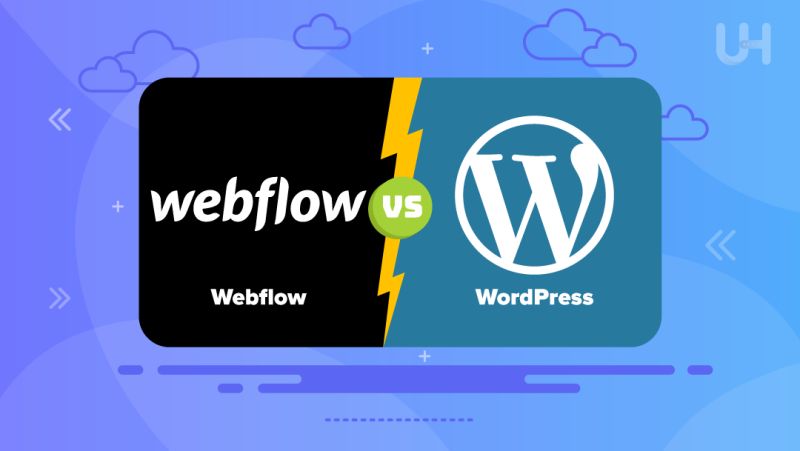Webflow vs. WordPress
When comparing Webflow and WordPress, it’s essential to understand their differences in design , flexibility , ease of use , blogging , SEO , and security to find the best fit for your goals.
Key Differences and Advantages
1. Functionality and Flexibility
- Webflow offers advanced design control 🎨, making it ideal for designers who need high customization.
- WordPress, with its extensive plugins and themes, allows for quick and diverse website creation ⚡, suitable for those seeking a powerful CMS with limitless possibilities.
2. Templates and Themes
- Webflow allows building from scratch, providing full control for unique, creative designs 🌟.
- WordPress is unmatched in template and theme availability 🏆, perfect for users wanting quick customization without extensive design work.
3. Ease of Use
- Webflow may seem complex to beginners 🤓 but it offers powerful tools for those familiar with web design.
- WordPress is more beginner-friendly 👐, with a straightforward, intuitive interface.
4. SEO (Search Engine Optimization)
- Webflow offers manual control over HTML and SEO tags but may require more technical knowledge 🛠️.
- WordPress has a large ecosystem of SEO plugins (like Yoast and All in One SEO) 🔍 for easy optimization.
5. Security
- Webflow provides built-in, infrastructure-level security 🔒 as a SaaS platform.
- WordPress benefits from various security plugins but requires proactive maintenance due to its popularity and open-source nature 🛡️.
💡 Conclusion:
Choose Webflow if you need professional, design-focused control and tools for creating responsive websites—ideal for creative agencies and professional designers 🎨. Opt for WordPress if you prioritize extensive plugins, templates, and community support, making it perfect for blogging, CMS needs, and user-friendly website management 💻.





